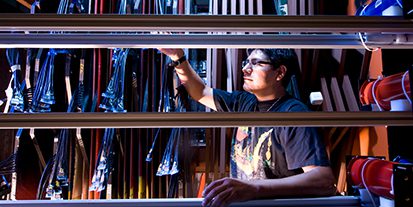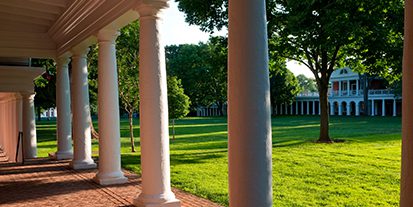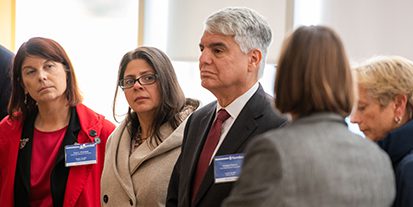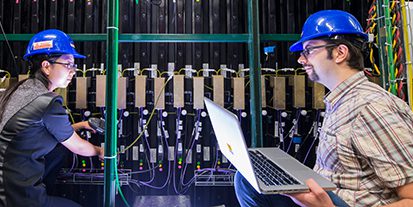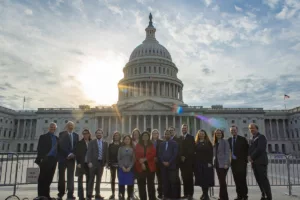Since the mid-1970s, the Standard Model has served as the theoretical framework for physicists. It illustrates the relationship between the fundamental particles that make up our universe and three of the four forces which govern them. Nevertheless, since the theory’s founding, a deluge of discoveries has flooded physicists with more questions than answers.
“There is just a handful of experiments which might see a crack in the Standard Model,” said Dr. Peter Kammel, a physics research professor at the University of Washington, Seattle, and member of Washington’s Precision Muon Physics Group. Experiments such as Fermilab’s Muon g-2 (pronounced gee minus two) might reveal a new trove of concepts that could break from the parameters set by the Standard Model.
“The (Muon g-2) experiment is effectively measuring the magnetic strength of the muon,” said Brynn MacCoy, a physics doctoral candidate at the University of Washington and Fall 2019 URA Visiting Scholar Program (VSP) Awardee.
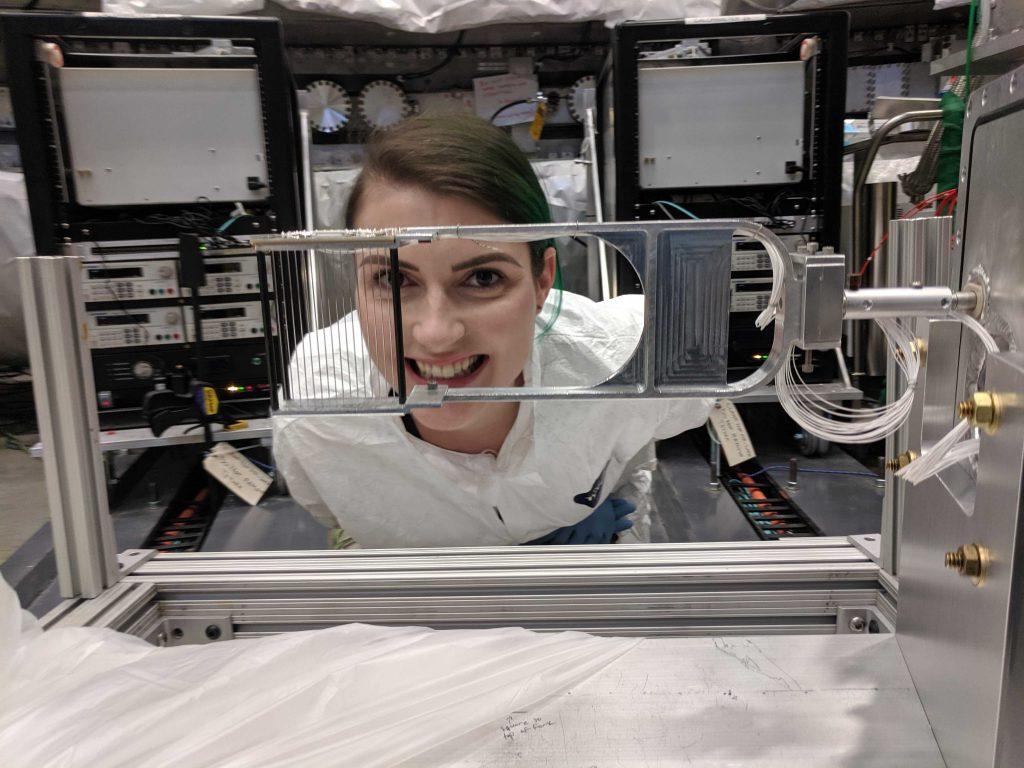
Muons, subatomic particles about 200 times heavier than an electron, are one of the seventeen building blocks that make the Standard Model. Muons have a negative electrical charge and a spinning motion that allows them to act like tiny magnets. The gyromagnetic ratio, also known as g-value, is a measurement of these characteristics and describes how fast muons precess or “wobble” in a strong magnetic field. Scientists collaborating on the Muon g-2 experiment aim to measure this value which — based on Standard Model predictions — is slightly larger than two.
“So, we’re measuring that frequency in order to extract the magnetic strength,” MacCoy explained. “We want to measure how much bigger it is than two or g-2.”
Measuring the difference between the theory’s g-value and the experimental value may help indicate if other invisible particles or forces may be at play. Identifying these elusive factors can help scientists understand the behavior of elementary particles and solve some of the biggest physics mysteries that are taking center stage.
To uncover muons’ ambiguity, scientists have designed an experiment that uses a high-energy beam accelerator that is directed into a 50-foot superconductor precision storage ring. The ring —originally a part of Brookhaven’s E821 Muon g-2 Experiment — supplies a strong magnetic field for muons to travel through, revealing data about the particles’ g-value.
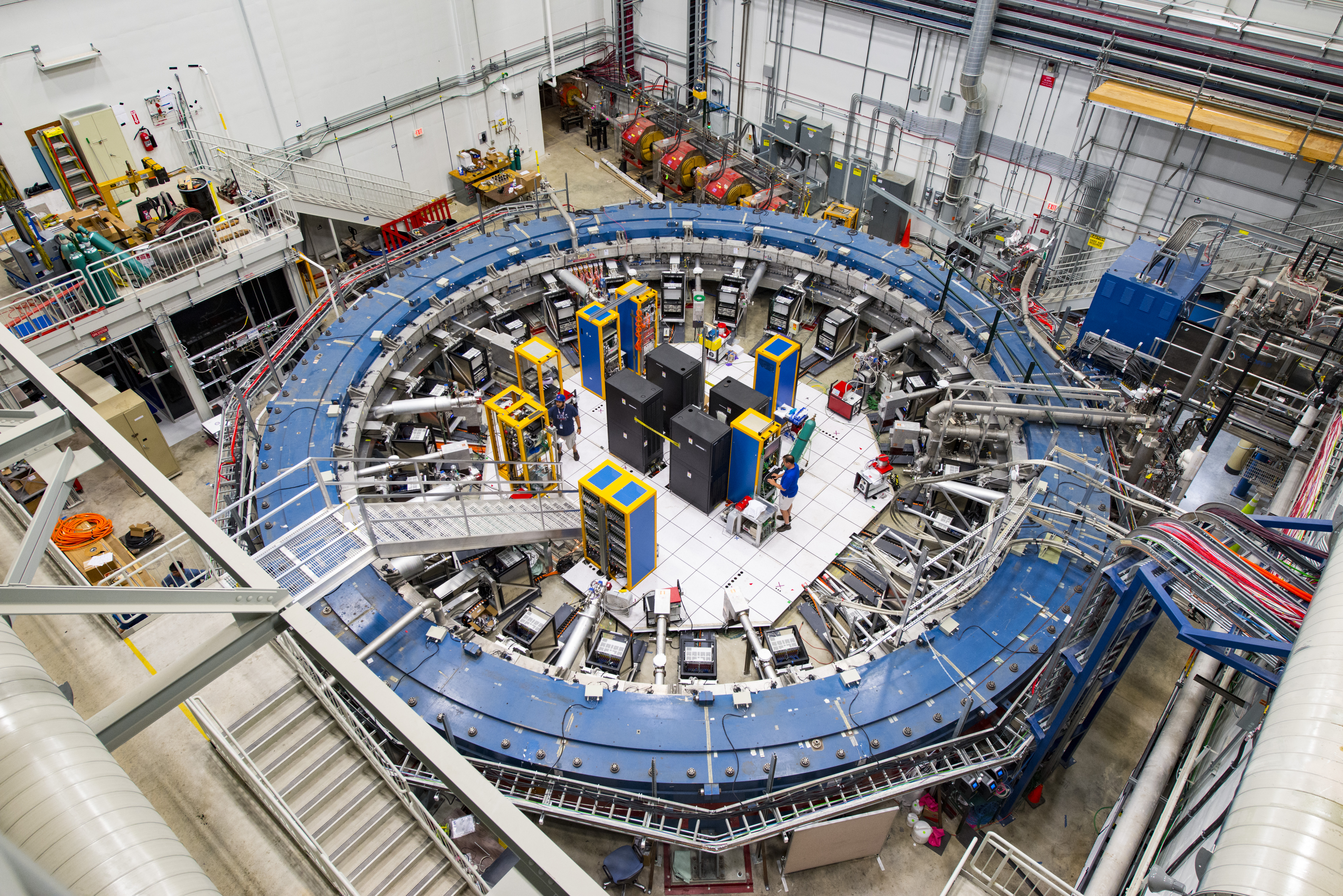
Relocated to Fermilab in 2013, scientists are continuing the Muon g-2 experiment at 140 parts per billion, a precision rate that is four times higher than its predecessor. This is comparable to measuring the length of a football field to one-tenth of a human hair according to Fermilab.
“We needed to measure it at a higher precision and see what that difference is about and the best place to do that is at Fermilab,” MacCoy explained.
This need prompted a 3,200-mile journey for the g-2 storage ring by land and sea from New York to Illinois. The move took 35 days traveling along the Williams Floyd Parkway onto the eastern seaboard and eventually the Mississippi river waterways. Upon arrival, the project brought a new group of collaborators including the University of Washington’s Precision Muon Physics Group.
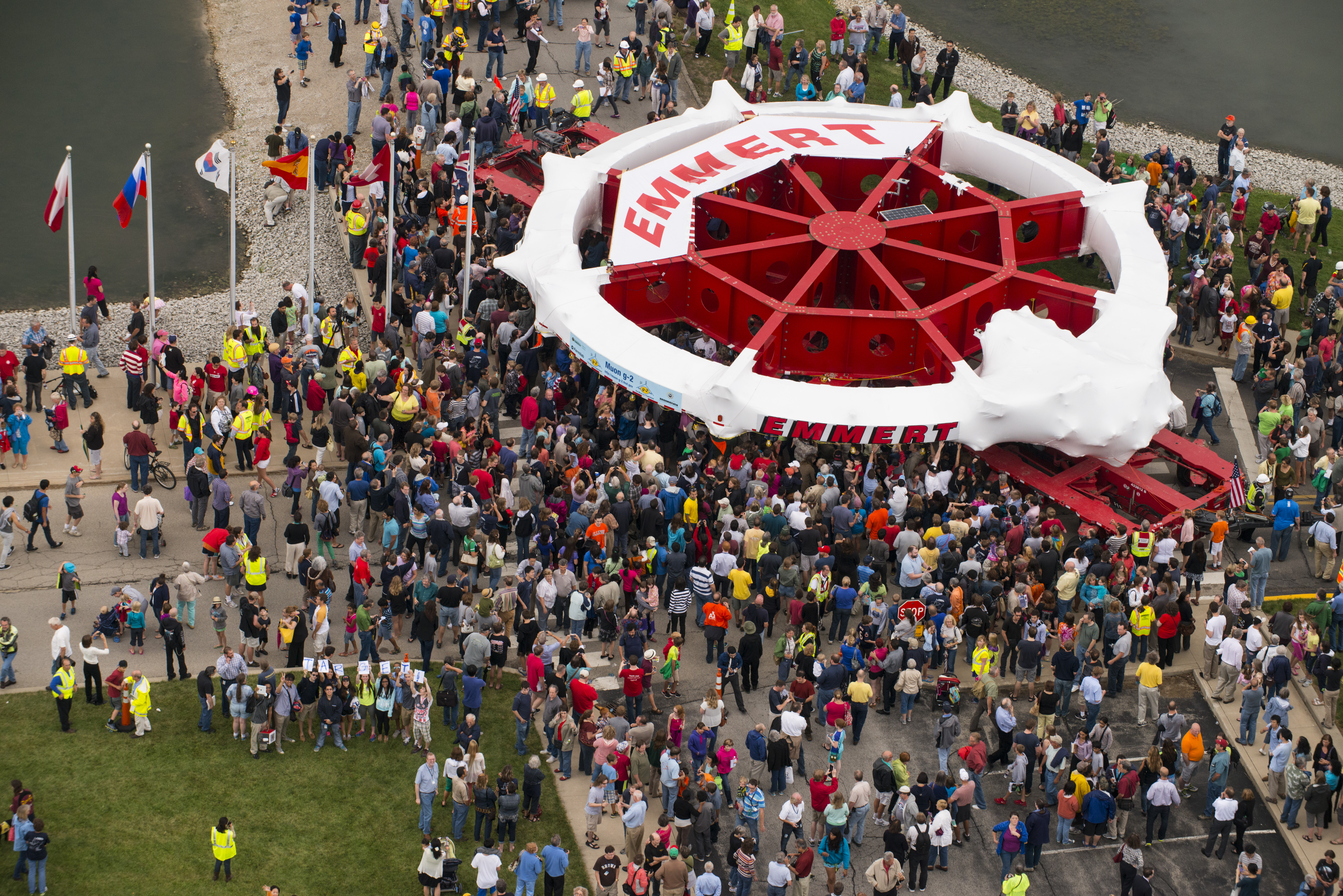
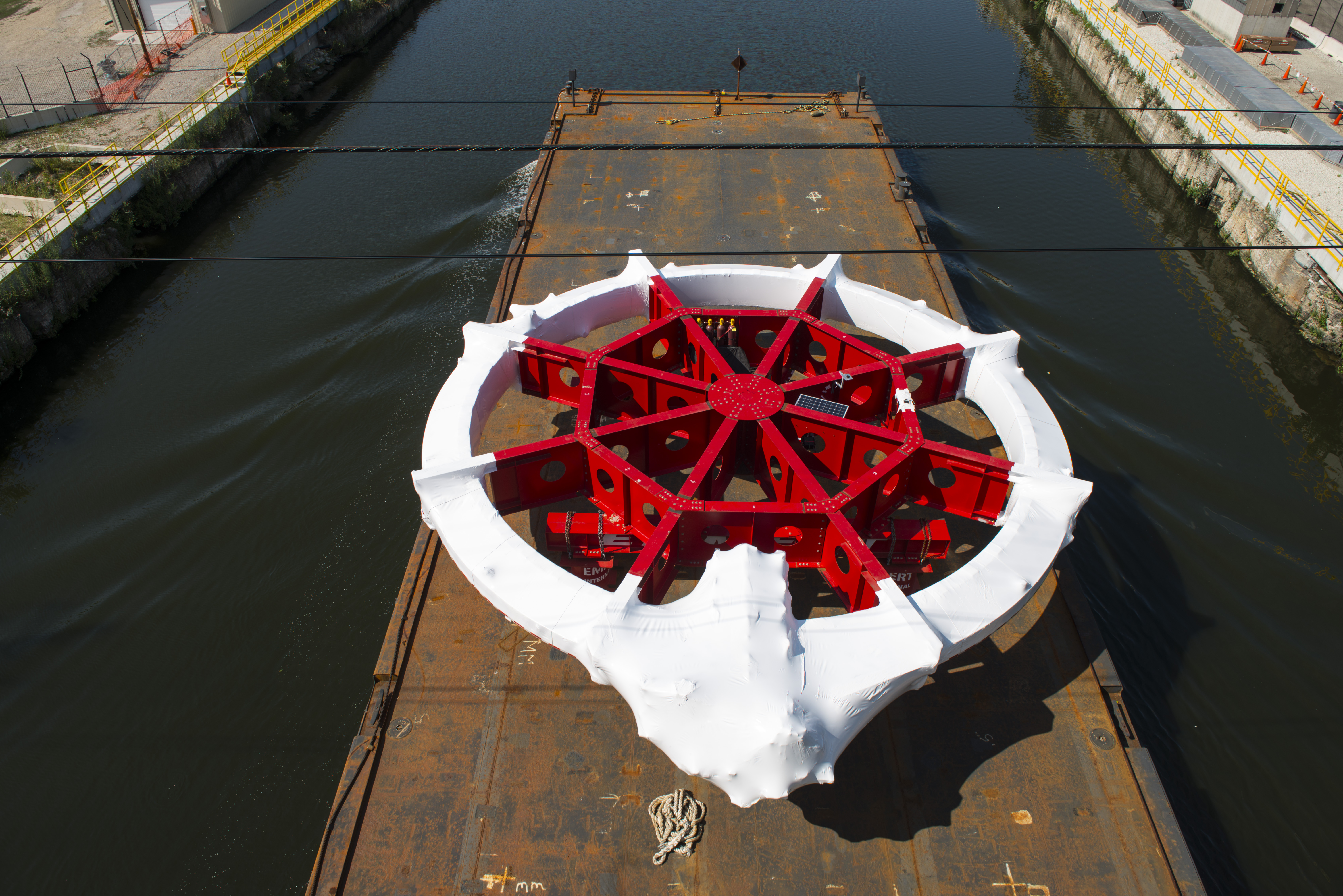
The group helped plant the experiment’s new roots at Fermilab assisting with the calorimeter systems: an instrument used to measure the muons wobbling frequency. In addition to supporting the calorimeter systems, the group also contributed an important tool used to characterize the beam named the Inflector Beam Monitoring System (IBMS).
“The (IBMS) detectors are monitoring the shape and trajectory of the beam as it’s coming into the storage ring,” MacCoy explained. “It allows us to really monitor exactly where the beam is going and verify that step is being done correctly so that we are getting as many muons as we can into the storage ring.”
The detectors, composed of three separate detectors, are used as a diagnostic tool that began running as early as 2017. As part of her graduate thesis work, MacCoy developed these detectors which were based on an idea by her academic advisor Dr. Kammel and his initial work.
In the fall of 2019, Fermilab’s Muon g-2 experiment was approaching its third run for data collection. MacCoy needed to be onsite for the run which encouraged her to apply to the URA Visiting Scholars Program and, as a result, was awarded funding for five trips to Fermilab from October 2019 to early 2020.
“I was able to be at Fermilab and help with maintaining and calibrating some of our critical detector systems that our group works with and prepare for the data collection period,” MacCoy said about her first few visits.
Her group included Hannah Binney and Josh LaBounty from the University of Washington. Both are also members of Washington’s Precision Muon Physics Group and received support from URA’s Visiting Scholars Program.
MacCoy’s work at Fermilab led to a burgeoning collaboration with scientists from around the world like Dr. Eremey Valetov of the Paul Scherrer Institut in February 2020. Together, they compared simulations of how the muon beam was created with real measurements collected by IBMS detectors.
“What we were working on together was making sure that all of the settings along this beamline were actually matched up to what was in the simulation or vice versa,” MacCoy said about the significance behind comparing Valetov’s and her work. This would help researchers have a realistic description of the muons’ shape, momentum, energy and spin as they entered the storage ring. MacCoy received help from Fermilab researchers including Jim Morgan, Diktys Stratakis and Brian Drendel as well as her academic advisor.
Shortly after February, her remaining trips reached a standstill amid the emerging coronavirus pandemic. Nevertheless, the Universities Research Association extended its funding until it was possible to travel again. This allowed her to return to Fermilab in May 2022 alongside Christine Claessens, a postdoctoral researcher at Washington’s Center for Experimental Nuclear Physics and Astrophysics.
“This is something I really appreciated,” MacCoy emphasized about the extension.
Her return to Fermilab allowed her to install the “Minimally Intrusive Scintillating Fiber Detector” or “MiniSciFi” for short. MiniSciFi allows researchers to capture the spatial shape and time dependence of the muon beam which will help reduce “uncertainty” behind measuring muons’ precession frequency happening inside the storage ring.
The first results from the Muon g-2 experiment were revealed in April 2021 and showed strong evidence that the muon’s g-value slightly deviates from Standard Theory calculations. Joint results from Fermilab and Brookhaven’s experiment show a 4.2 standard-deviation difference from theoretical values, just shy of making the five-standard-deviation benchmark to label it as a scientific discovery.
“It just excited the whole community because it could lead to a new understanding of the universe beyond our expectations,” Kammel said about the results.
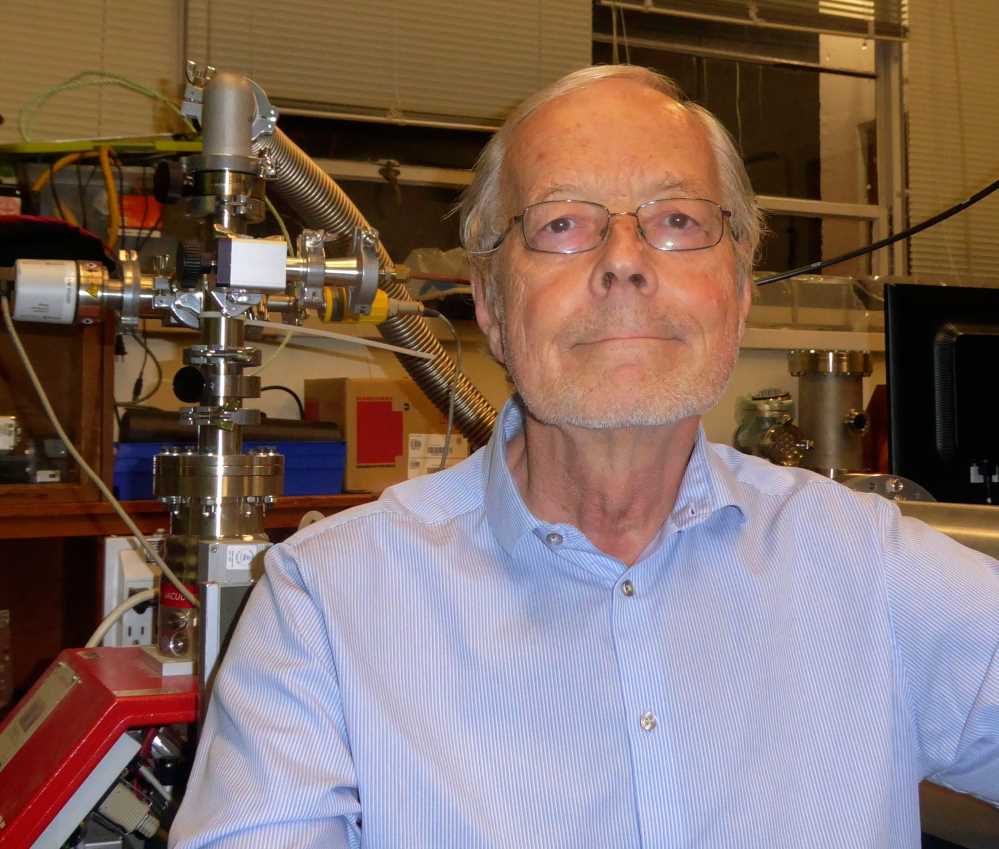
The 2021 results reflect data analysis from the experiment’s first run; data from the third run that MacCoy was a part of is currently under review. The experiment recently finished its fifth run and is approaching its sixth. Researchers hope that the results will shed light on the universe at the subatomic level, advancing research for myriad physics fields.
“The muons, what they’re experiencing is the truth,” MacCoy adds. “The muons might know something about the universe that we don’t know, which is more of an abstract but kind of a cool idea.”

